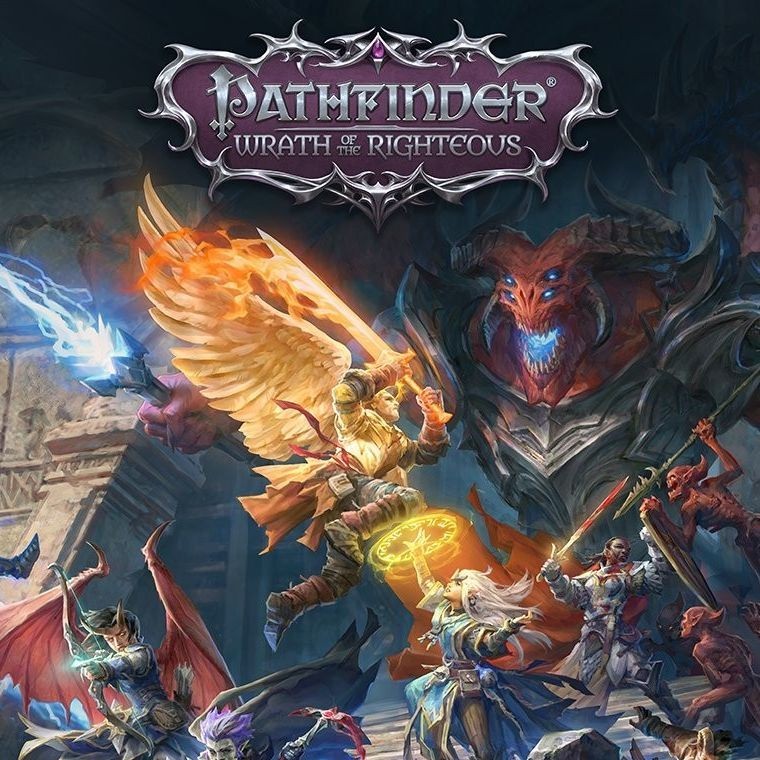

Speaking of story and characters, Wrath of the Righteous has both in ample measure. Pathfinder: Wrath of the Righteous review: Story It's better to build a character who offers an intriguing perspective on the story of Wrath of the Righteous, than to build the optimal demon-killing machine - unless that’s the way you want to play the game. It’s very easy to put together a cool character idea on paper, only to discover that they get torn apart in particularly challenging fights. I encourage you to take advantage of this whenever you need to, because like the Pathfinder tabletop RPG, Wrath of the Righteous offers a nigh-overwhelming array of character races and classes to choose from. The tutorials in Wrath of the Righteous are optional, but extremely good if you're unfamiliar with the Pathfinder tabletop game (Image credit: Future) All this crusade management plays out on the same map that your adventuring party uses to move, and you can swap back and forth between the two modes at will. Most of the time, it means moving armies around the map and spending a separate set of Crusade-specific resources to hire troops or build structures in the areas you control. Sometimes, that involves making dialogue choices and going on side quests. You'll spend much of that time managing the resources and troops of the Fifth Crusade, the in-game war effort against a demonic horde.


It’s a clear love letter to an idealized tabletop gaming experience, and quite pretty to look at - which is nice, since you’ll spend at least a dozen hours over the course of a game staring at the map screen. This takes the form of a colorful map laid out on a table, and covered with little figurines. Once you progress far enough, you’ll have the chance to leave Kenabres and start marching your merry band of crusaders on adventures around the surrounding territory. Pathfinder: Wrath of the Righteous review: Crusade management Now that Wrath of the Righteous has shown me what it feels like to play a truly dynamic real-time/turn-based isometric RPG, I wish I never had to go back. However, in that game, you had to choose when starting a new game, and couldn’t switch back and forth on the fly. Obsidian offered a similar choice between real-time and turn-based combat in its 2018 isometric RPG Pillars of Eternity II: Deadfire. But when you face off against challenging opponents, which demand careful resource management or complicated strategies, you can switch over to turn-based mode and micromanage your characters’ actions. On Normal difficulty (which I played on for this review), you can pretty reliably sic your party on most enemies and watch the combat play out in real time, pausing occasionally to issue a specific order. I love this feature, because it lets you tailor how much you want to be involved in combat.


 0 kommentar(er)
0 kommentar(er)
